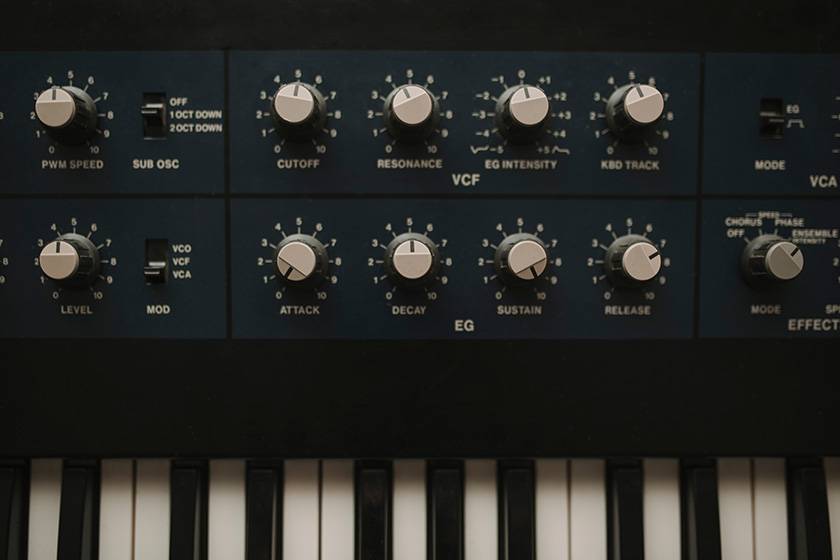
Continuing from the previous article where we introduced the sound generation methods of synthesizers, we will provide further explanation.
FM Sound Generation Method (Multiplicative Method)
FM stands for frequency modulation. Similar to FM used in radios, this method modulates a carrier waveform, which is a sine wave, using another sine wave to create a modulated waveform called a modulated wave.
Developed around 1980, this sound generation method allows for the creation of sounds that cannot be produced by analog sound sources. Typical sounds produced by FM synthesis include electric pianos, synth brass, and synth bells, which are characterized by their rich harmonics. It is an essential sound source for 80s pop music.
Hardware synthesizer
A product that revives the DX7, which was originally released by Yamaha in the early 80s. Despite its appearance as a mini keyboard with 37 keys, it features 12 types of algorithms and 2 types of effects.
Like the reface DX, it is based on the DX7 and features the dedicated FM-X sound engine.
As Yamaha's flagship synthesizer, it offers versatile operation and is not limited to FM synthesis. It can be combined with various sound sources, making it a unique synthesizer capable of producing sounds that cannot be achieved elsewhere.
Software synthesizer
This sound source is included in Native Instruments' KOMPLETE 14 from the STANDARD edition and above.
It features a comprehensive set of main control panels for FM synthesis, including algorithms, as well as a very extensive collection of 960 preset sounds. You can listen to the sounds and then select and edit them, allowing for smooth and detailed editing of complex FM sounds.
One of the sound sources included in the V Collection 9, featuring over 9,000 presets, including other synthesizer sounds.
This synthesizer is also based on the DX7.
As a software synthesizer, its control sections, such as knobs, are distributed across various pages.
Additionally, by observing the modulated waveforms on an oscilloscope, you can visually adjust the traditionally complex FM sound settings.
This makes it possibly the easiest way to create the desired sound.
It also features a "preset browser" function, allowing you to search for presets and select sounds close to your ideal, similar to other models, and then make adjustments.
Sample Sound Generation Method
As the name suggests, this is a sound generation method that plays recorded sounds, such as those from a sampler. Although samplers are recognized for playing recorded sounds, many synthesizers use a sound generation method called PCM (pulse code modulation) for this purpose. PCM, as the name implies, involves finely slicing a square wave and aligning it with the waveform, allowing any waveform to be recognized as vertical and horizontal digital signals. This technology enables sound recording with minimal data size. Consequently, it can also reproduce sounds created by other synthesizer sound sources. For this reason, many workstation synthesizers are equipped with this method.
However, this versatile sound source has one drawback: it cannot directly alter the waveform of the sound source. It is possible to apply external modifications such as filters and effects, which allows for a basic level of reproduction.
Hardware synthesizer
MELLOTRON / M4000D Digital Mellotron
When I think of sampling synthesizers, this is the keyboard that comes to mind first.
In the past, various recording technologies were used in recording environments, and before the current method of importing sound sources as data, there was a keyboard that utilized tape recording technology. This keyboard has a long history, having been developed around 1960, and it is said that notable artists such as The Beatles also used it.
Each key is equipped with a tape that can record one sound, and pressing a key plays back the recorded sound. Typical sounds used include woodwinds such as flutes and brass, as well as string instruments like violins. Today, digital versions are available that capture the sounds of these past models.
In genres like hip-hop and electronic music, these two samplers are renowned tools for sampling. One of them, the AKAI MPC, is a piece of equipment that track makers either aspire to own or already have. The current MPC LIVE2 offers a variety of functions, making it capable of not only sampling but also creating loop-based tracks at a DAW-level of sophistication.
The other is the ROLAND SP404. Its body, which remained unchanged until 2020, has been improved and released as a successor model. It offers better operability with enhanced effects. While I introduced these as examples of sampling sound sources, I would like to highlight these tools in the context of track making in the future.
Most modern digital synthesizers use PCM sound sources, so almost any model could be explained in this context. However, I would like to introduce this particular model based on my personal preference.
The latest model from NORD, the Stage 4, was newly announced in 2023. The NORD Stage series includes an organ section, piano section, and synth section. Currently, there are no models that feature only the organ, but this equipment consolidates the features of each NORD model. Notably, the synth section includes not only synthesizers but also sound sources such as strings and brass.
The PCM sound source is particularly evident in this section. NORD allows you to use an app that can be downloaded from their site to replace all sound sources, including synths and others. Regardless of the section, all these sound sources are made with PCM.
There are many workstation synthesizers with similar features, including those from brands not mentioned here. The versatility attributed to workstation synthesizers stems from this capability.
Software synthesizer
Native Instruments / Kontakt 7
Native Instruments' Kontakt is available as a standalone product but is also included in KOMPLETE 14, like FM8. One of the reasons why Native Instruments' plugins are considered to be of monster caliber is this product.
It incorporates an extensive range of sound sources, from brass sounds typically used as standard sampling sources to those used in modern music elements like dance music.
Some of the tones it produces are so unique that they can't be heard elsewhere, making it a one-of-a-kind sound source.
This concludes our look at synthesizers using FM and sample sound generation methods.
In the next article, we will introduce more complex and derived forms of synthesizers!





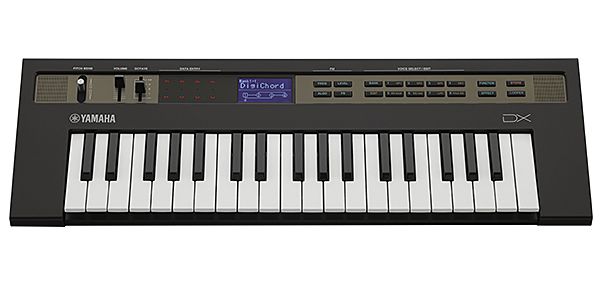



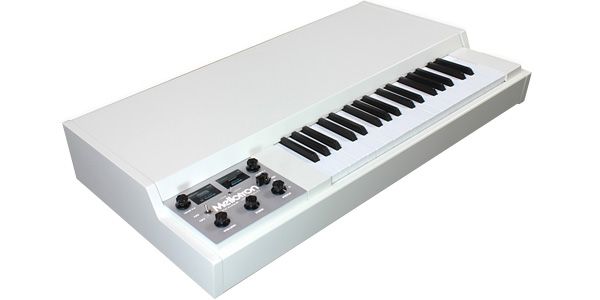
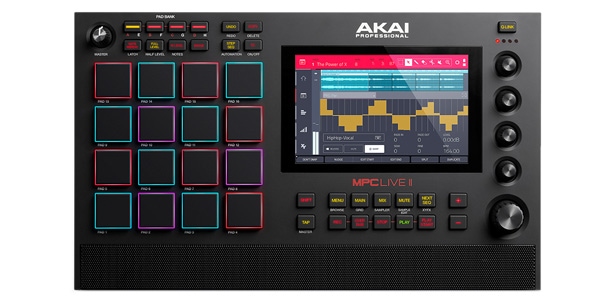
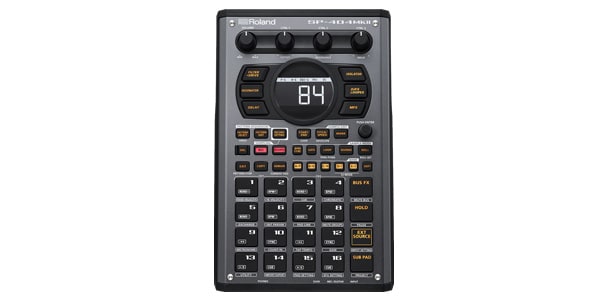
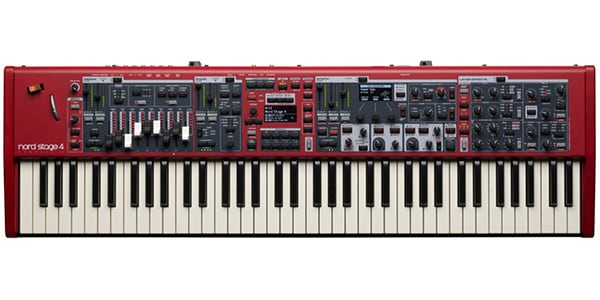
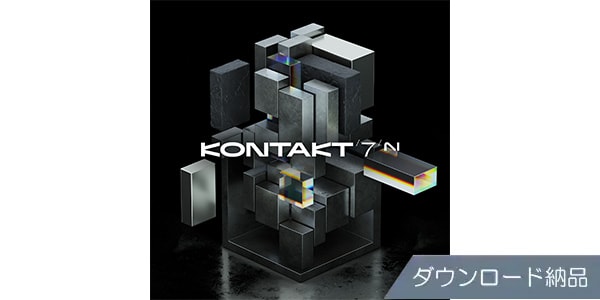


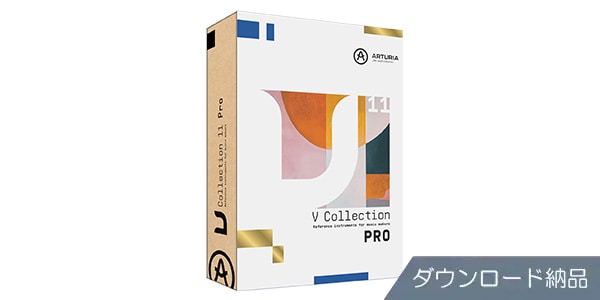







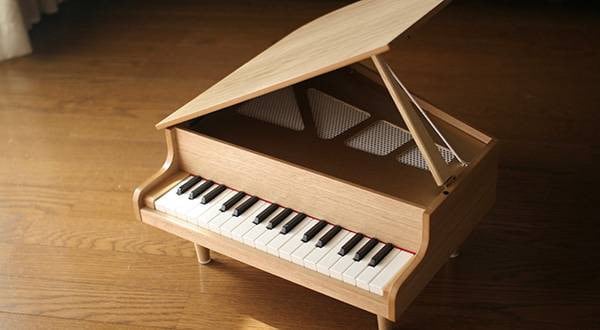
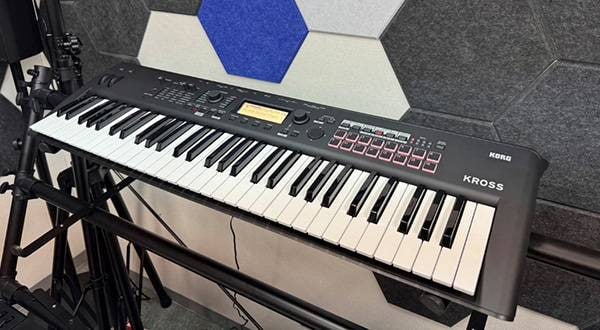

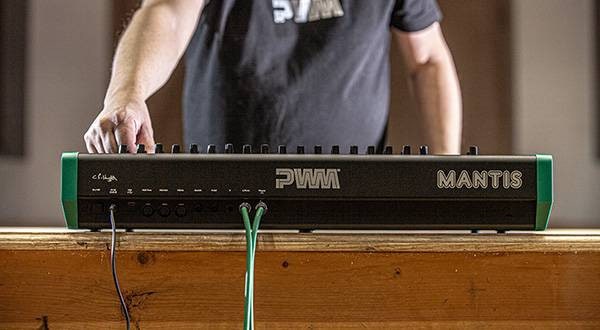
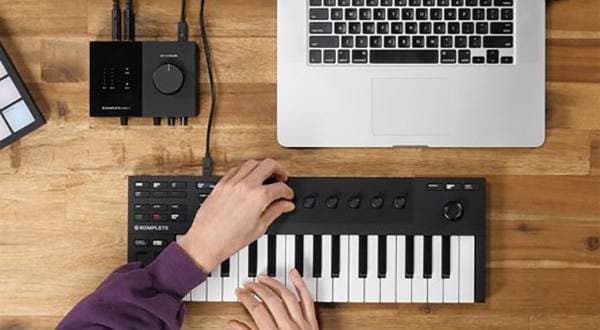
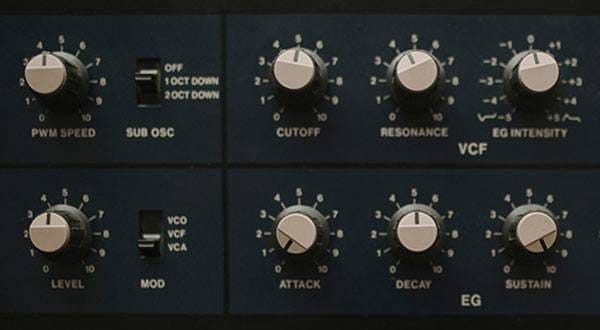
![Enchanting Instruments 65 - Electronic Sound Source Mechanism 5: Sampling Sound Source 1 [PCM]](/contents/uploads/thumbs/5/2023/6/20230613_5_23000_1.jpg)
![[2025 Latest Edition] Choosing a Synthesizer/Popular Synthesizers Ranking](/contents/uploads/thumbs/2/2022/9/20220916_2_19446_1.jpg)
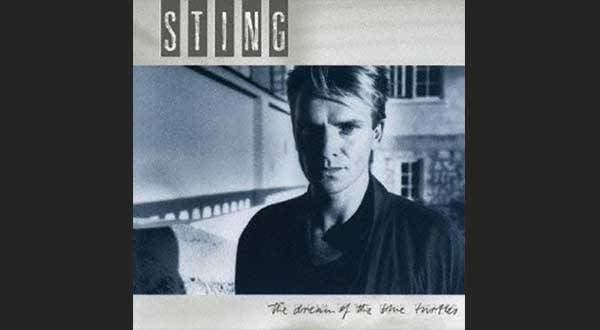
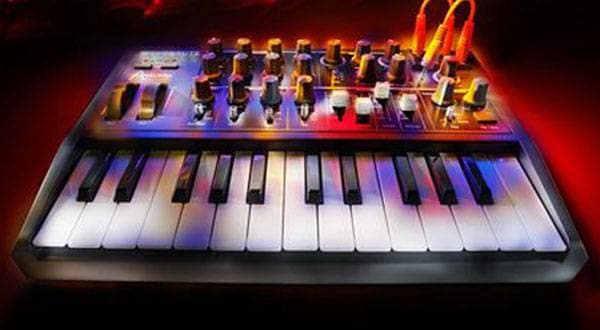
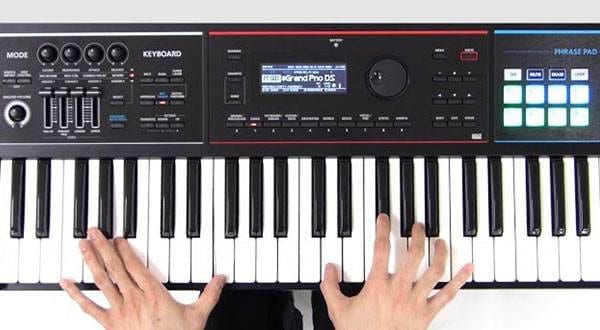
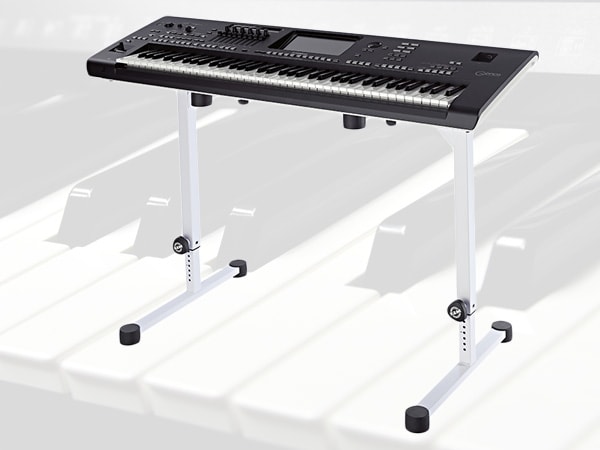 キーボードスタンドの選び方
キーボードスタンドの選び方
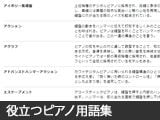 自分にあったピアノを選ぼう!役立つピアノ用語集
自分にあったピアノを選ぼう!役立つピアノ用語集
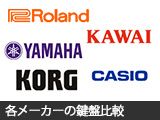 各メーカーの鍵盤比較
各メーカーの鍵盤比較
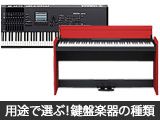 用途で選ぶ!鍵盤楽器の種類
用途で選ぶ!鍵盤楽器の種類
 キーボードスタートガイド
キーボードスタートガイド
 キーボード・ピアノ講座
キーボード・ピアノ講座















